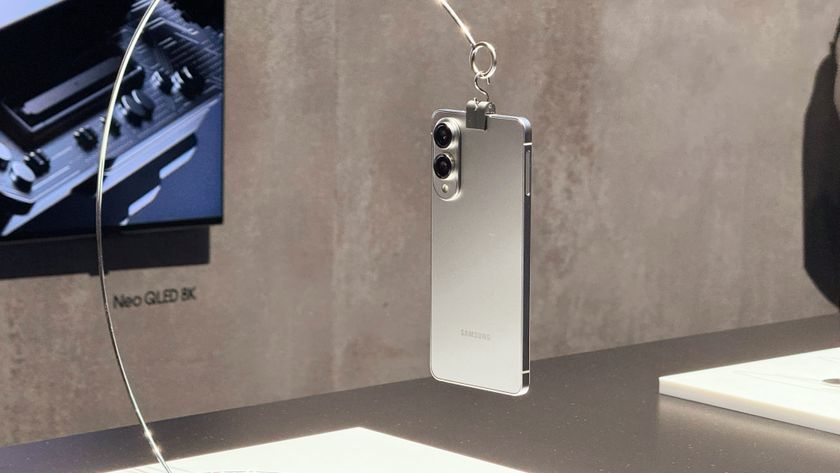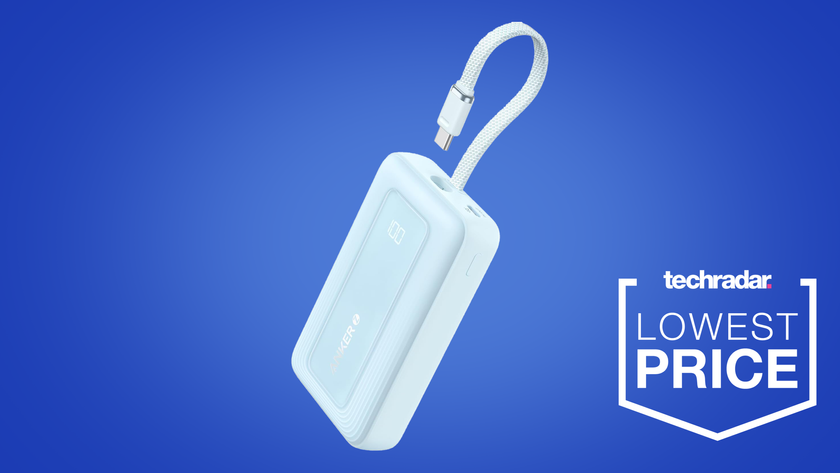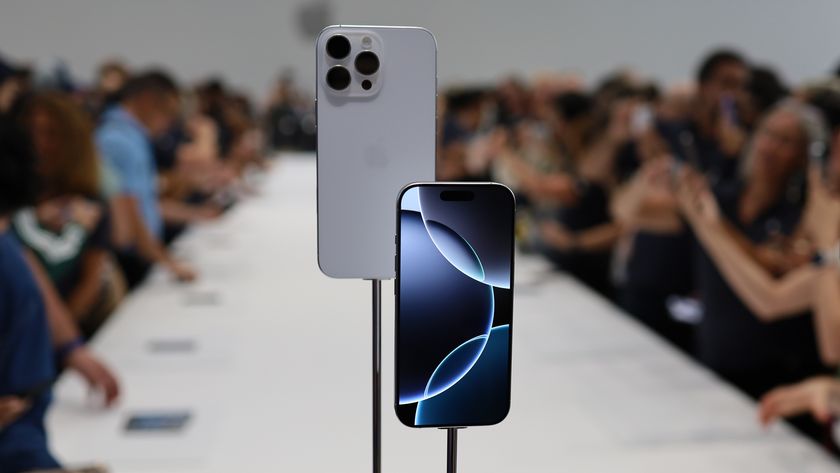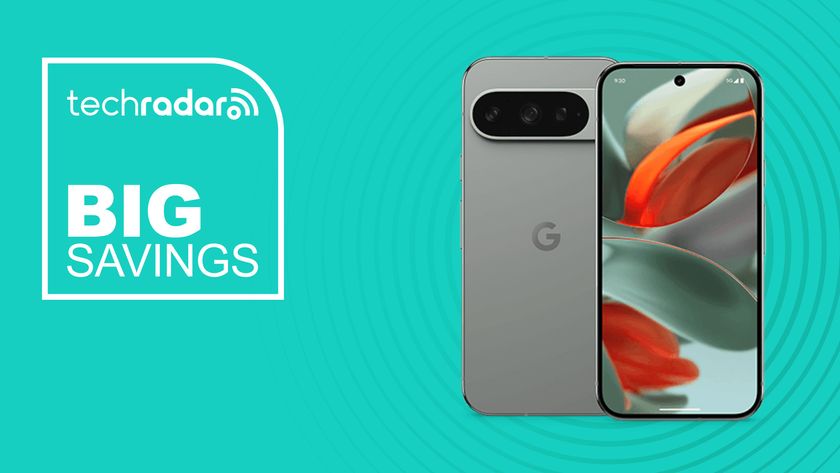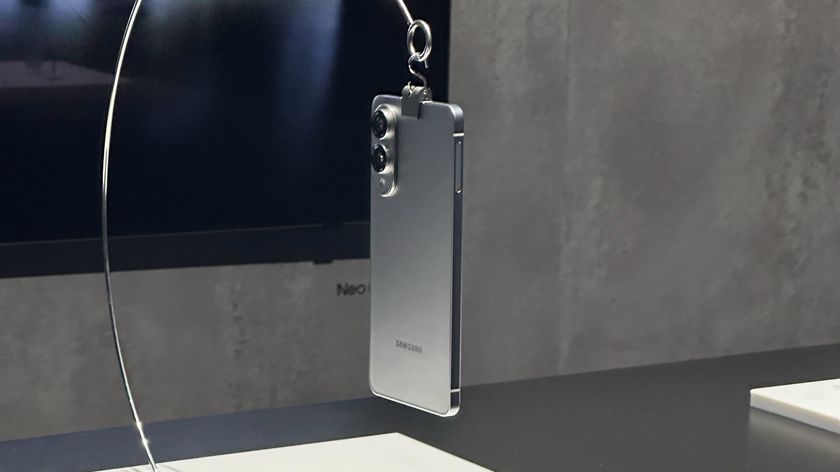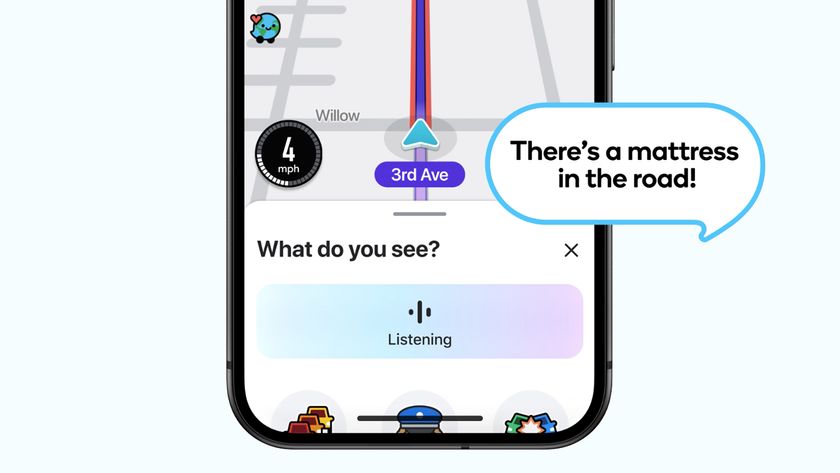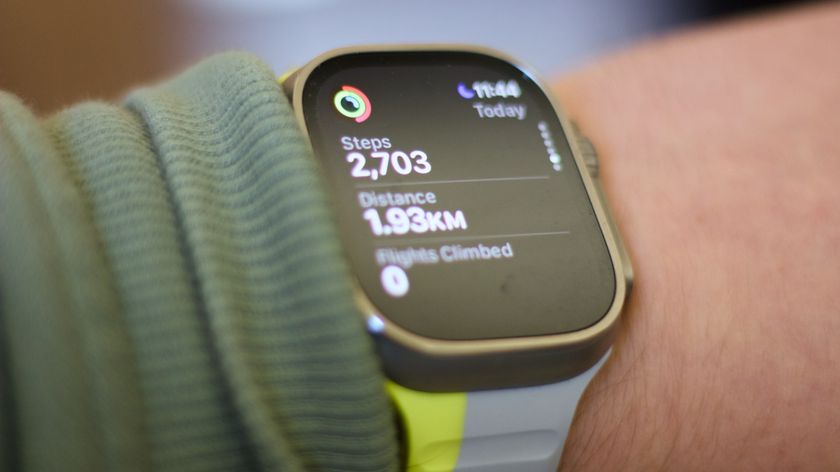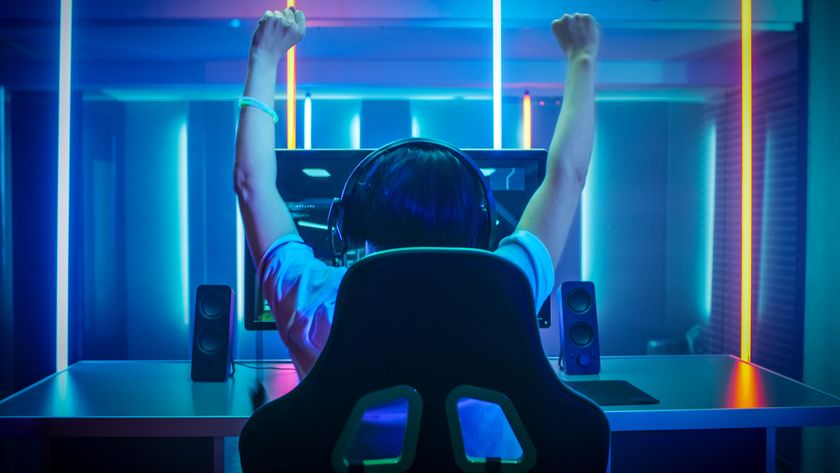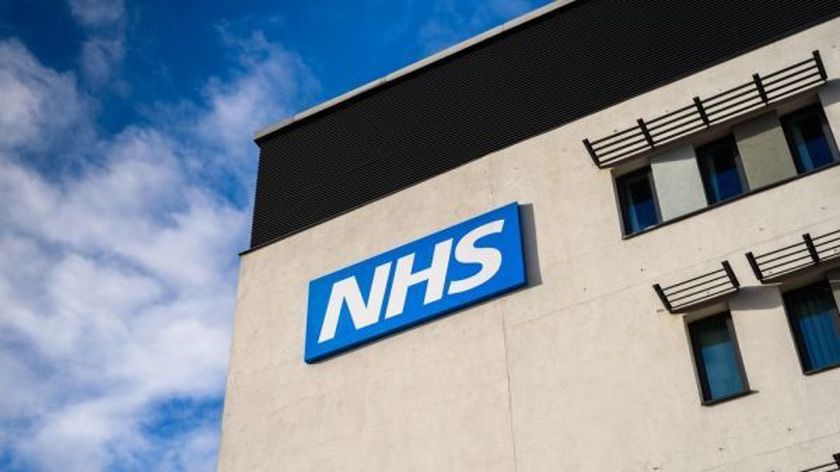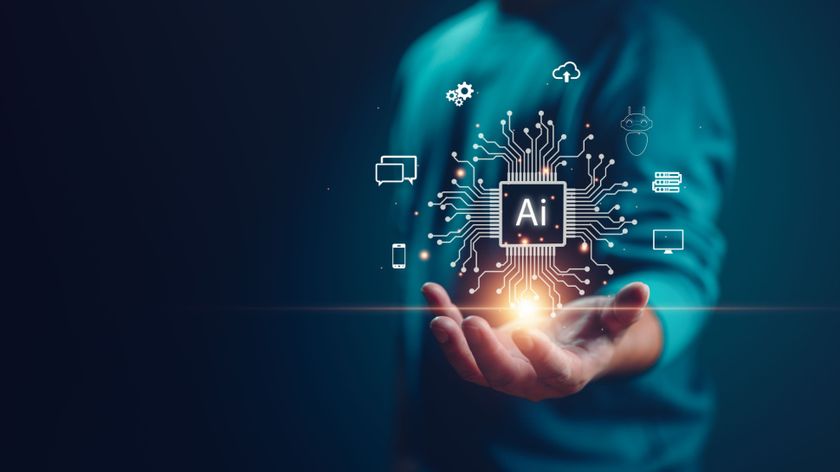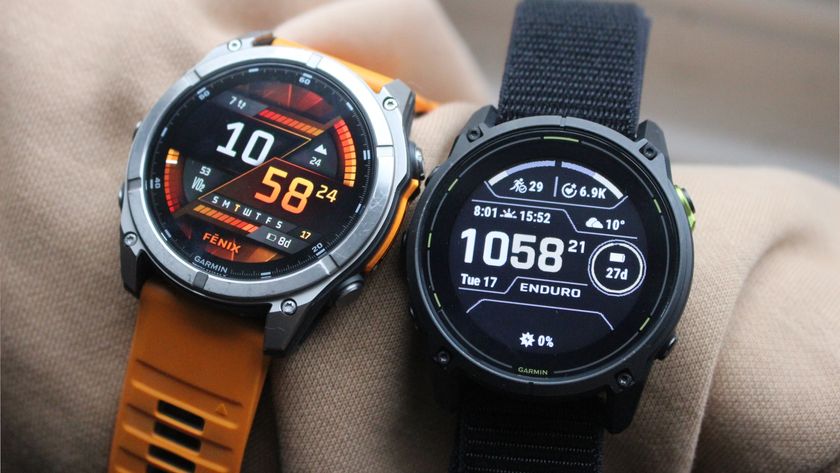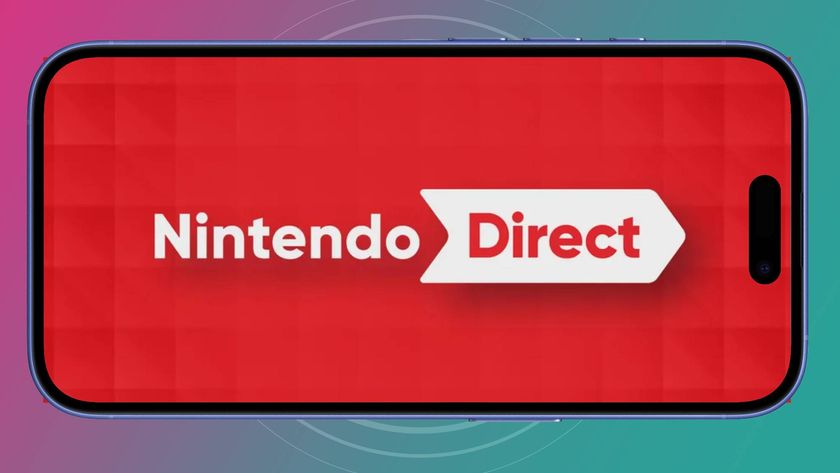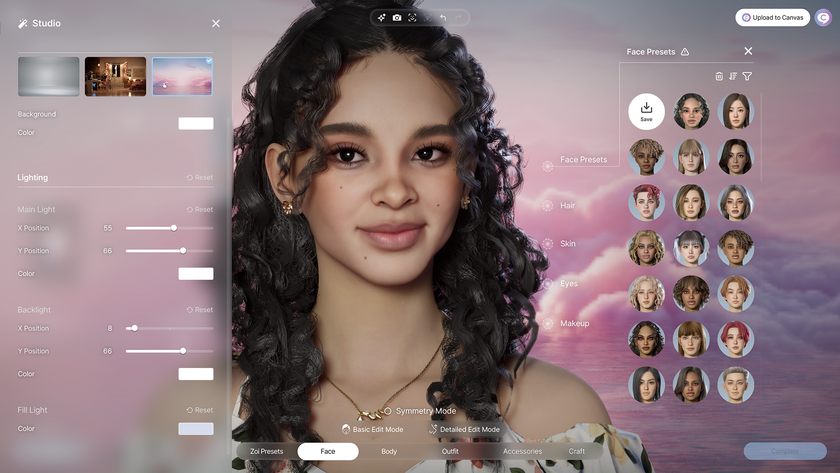LG G3 vs Sony Xperia Z2 vs Samsung Galaxy S5 vs HTC One M8 vs iPhone 5S
How do these five flagships compare?
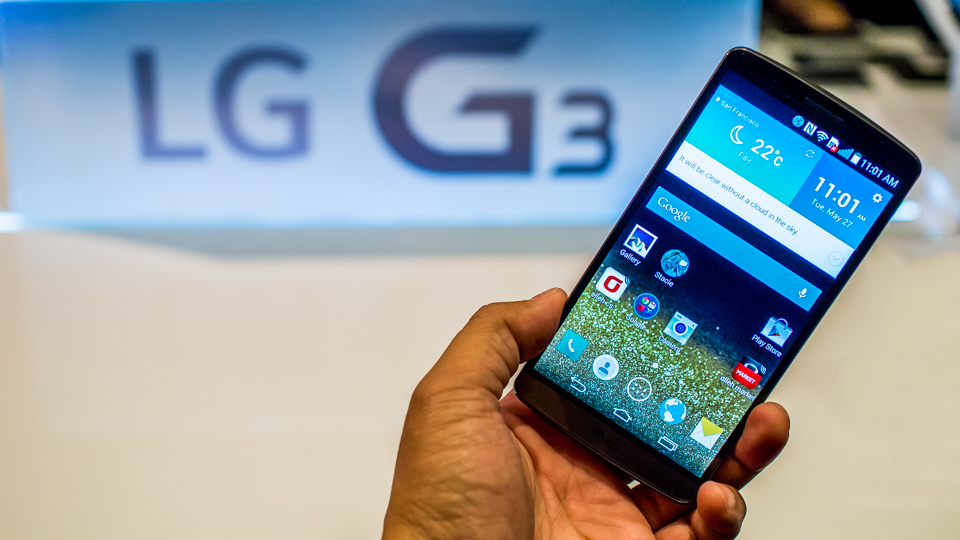
The arrival of the LG G3 surprised nobody as we all knew it was in the works thanks to a volley of leaks and even LG itself confirming the handset on numerous occasions.
There's fierce competition at the top of the mobile market, with the G3 joining the Samsung Galaxy S5, Sony Xperia Z2 and HTC One M8 in the 2014 flagship enclosure.
Don't forget about Apple's iPhone 5S either. It may not have the specs of its Android rivals, but it's still an incredibly popular device.
- Read our hands on: LG G3 review
Here's our lowdown on all five handsets to see if the LG G3 is enough of an upgrade on last year's offering for it succeed in the busy flagship market.
Design
When it comes to design it is clear that the flagships are trying to push themselves away from the traditional black slabs of old, whilst all trying to pack in some of the highest end features.
Thanks to the biggest screen of the lot, the LG G3 measures in with the largest frame at 146.3 x 74.6 x 8.9mm meaning despite the largest screen, it sits comfortably alongside the other Android handsets although comes with the least amount of bezel.
A brushed metal-effect plastic back saves a little on weight, with the LG G3 coming in at 149g.
Get daily insight, inspiration and deals in your inbox
Sign up for breaking news, reviews, opinion, top tech deals, and more.
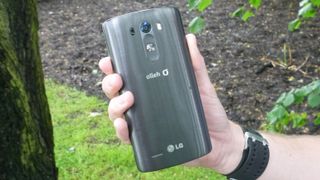
The plastic back is removable, just like the Galaxy S5 although the cheaper plastic construction of latter means that the 142 x 72.5 x 8.1mm frame weighs 145g.
Despite its metal body, only the iPhone 5S is lighter at 112g but is by far the smallest flagship at only 123.8 x 58.6 x 7.6mm.
The two heaviest handsets on offer are the 160g HTC One M8 and the 163g Sony Xperia Z2 that both leave similar footprints with 146.4 x 70.6 x 9.4 mm and 146.8 x 73.3 x 8.2 mm frames respectively.
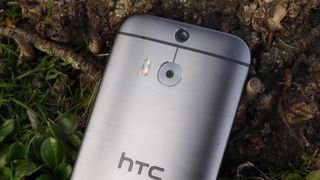
Like their predecessors, the One M8 comes with a metal unibody whilst the Xperia Z2 comes built of metal and glass, although the Galaxy S5 and G3 have a removable battery and back.
On the G3 LG has popped in microSD support, leaving only the iPhone 5S without an expandable storage option. If it's a waterproof and dust resistant phone you're after then you're limited to the Galaxy S5 and the Xperia Z2.
Those moving between handsets might also want to know that the LG G3, Galaxy S5 and Xperia Z2 all share microSIM ports whilst the HTC One M8 and iPhone 5S both pack nanoSIMs.
Each handset also comes with its own special design feature. LG's choice of putting the volume buttons on the back has made its way from the LG G2, although is now much flatter and pocket friendly.
Apple has opted for its TouchID although Samsung soon followed suit with a fingerprint scanner of its own. HTC has kept and improved the dual-speaker design of the original HTC one, whilst Sony prides itself on its omni-balance design.
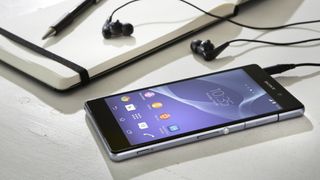
Display
The key talking point that surrounded the LG G3's launch was the screen being used. Whilst the S5, M8 and Z2 flagships of this year have launched with Full HD 1080 x 1920 screens, the LG G3 comes packing a QHD 1440 x 2560 display.
There is a lot of talk surrounding what this means for consumers, from whether or not the extra pixels are noticeable to just how much of an effect this will place on the battery life.
At 5.5 inches the LG G3 not only has the most pixels, it is also the largest screen on offer dwarfing the already large 5-inch plus Android flagships. The One M8 comes in the smallest at 5 inches, with the Galaxy S5 at 5.1 inches and the Xperia Z2 with a 5.2 inch offering.
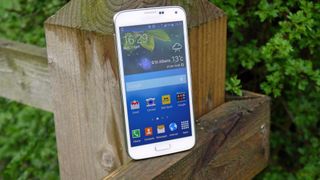
Much further down the scale is the iPhone 5S with its almost diminutive 4-inch screen that also comes with a much lower resolution at only 640 x 1136 pixels. With the lowest resolution its unsurprising that the iPhone has the lowest ppi at 326.
The LG G3 also bests it's Android rivals with a whopping 538ppi. The same resolution stretched over differing screens means that the 441ppi HTC comes out on top of the 432ppi Samsung and the 424ppi Sony.
Screen resolution only tells part of the story though as each manufacturer has opted for a different screen technology. The Galaxy S5 has a Super AMOLED panel, the HTC has a Super LCD3, the Sony comes with an IPS LCD and Apple has chosen an LED IPS LCD screen.
Power
The other big talking point of modern flagships is the amount of power that is found behind those massive screens, from the amount of cores that keep the handset running to the level of RAM that backs it up. Increased use of video and mobile gaming also means the GPU needs to be up to scratch.
All the Android handsets on offer here come with one of Qualcomm's quad-core Snapdraon 801 SoC and Adreno 300 GPU although vary on clock speed. Both Korean firms have opted for 2.5GHz versions whilst the One M8 and Xperia Z2 are clocked at 2.3GHz.
In terms of RAM, 2GB is the most common choice sat inside the LG, Samsung and HTC although Sony has put 3GB inside its Xperia Z2.
There is a 3GB version of the LG G3 though, although it only finds it way into the 32GB model. If you plump for 16GB you'll be suck with 2GB of RAM.
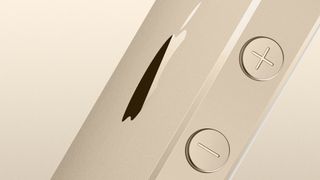
Appearing to fall behind is the 64-bit iPhone 5S, with its 1.3GHz dual-core A7, 1GB RAM and PowerVR G6430 GPU.
Storage wise, all handsets come in 16GB options with 32GB versions available on the G3, Galaxy S5 and HTC One M8, although only the iPhone 5S offers 64GB storage. On the flip side it is the only handset without expandable microSD storage.
